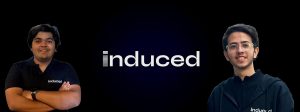(January 3, 2024) In the fast-changing world of tech and new ideas, young Indian entrepreneurs are making waves with their cool AI startups. These startups are getting attention for using artificial intelligence to do good things. These smart young minds are using AI to solve big problems our society faces and make things better. Now, in 2024, these startups are showing a new era of clever ideas. They’re not just proving how talented young Indians are in tech, but also showing they want to use AI to help our communities and the whole world. These startups are like guiding lights, giving us hope and making us excited about a future where AI does good things for everyone.
Karya
“Karya brings dignified, digital work to economically disadvantaged Indians, giving them a pathway out of poverty. We empower individuals and communities with fair economic opportunities through completing high-quality data annotation services for AI/ML clients. We envision an ecosystem of ethical data usage; a world where data can both financially and technologically empower individuals,” reads Manu Chopra’s LinkedIn profile.
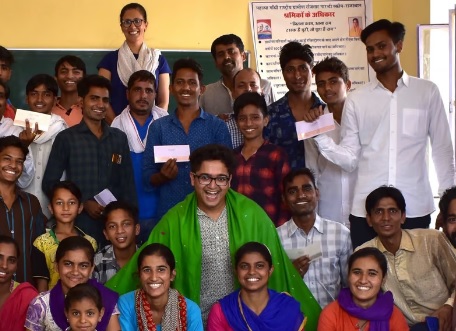
Manu Chopra with members of Karya
Launched in 2021 by Manu Chopra, a Stanford graduate who himself grew in a basti (slum) in Delhi, saw poverty first hand. While studying computer engineering at Stanford, the idea of tech-for-good inspired him and he was keen to explore ways to tackle poverty by giving the poor access to dignified, digital work. With almost everyone having access to a mobile phone, he decided to use Indian languages to unlock economic value for rural India. “The idea in my head was, what if we could bypass skilling? Can we give people a livelihood and money for skills they already have? What is the skill that rural India already has? Their language,” Manu said in an interview.
The AI startup has already helped 30,000 rural Indians earn ₹65 million so far.
- Follow Manu Chopra on LinkedIn
Delv.AI
2023 saw 16-year-old Pranjali Awasthi make headlines as her venture Delv.AI, that offers services linked to data extraction for research, raised $45000 (₹3.7 crore) at a valuation of ₹100 crore. For someone who has been learning coding from the age of seven from her dad, things shifted when she moved to Florida a few years ago. She began interning with the Florida Internal University lab that was working on machine learning, and her daily tasks included searching, data extraction and generating literature reviews.
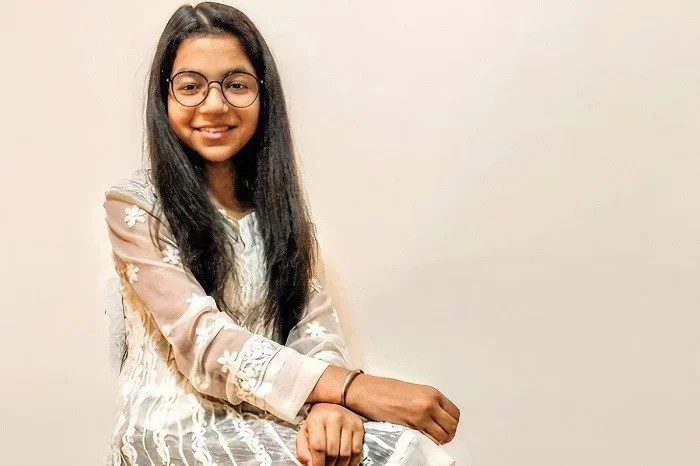

Pranjali Awasthi, the founder of Delv.ai
2020 came with a massive opportunity when OpenAI released its ChatGPT-3 beta version. “I knew we could use it to make extracting and summarizing research data easier,” she said. The very next year, she was accepted into an accelerator program, and in 2022, she launched the beta version of Delv.AI on Product Hunt, a platform that allows people to share software for free. “As more content gets uploaded online, it’s getting harder for people to find the right information, especially when that information is very specific. Delv.AI helps researchers leverage AI to find exactly the information they’re looking for,” she wrote on her blog on the website.
- Follow Pranjali Awasthi on LinkedIn
Induced AI
Aryan Sharma and Ayush Pathak became overnight entrepreneurial stars as the teenager’s AI startup is backed by none other than Open AI co-founder Sam Altman. In 2023, they raised $2.3 million in funding for their startup – Induced AI, which empowers businesses to imput their workflows in plain English, instantly transforming these instructions into pseudo-code for handling repetitive tasks, typically managed by back offices.
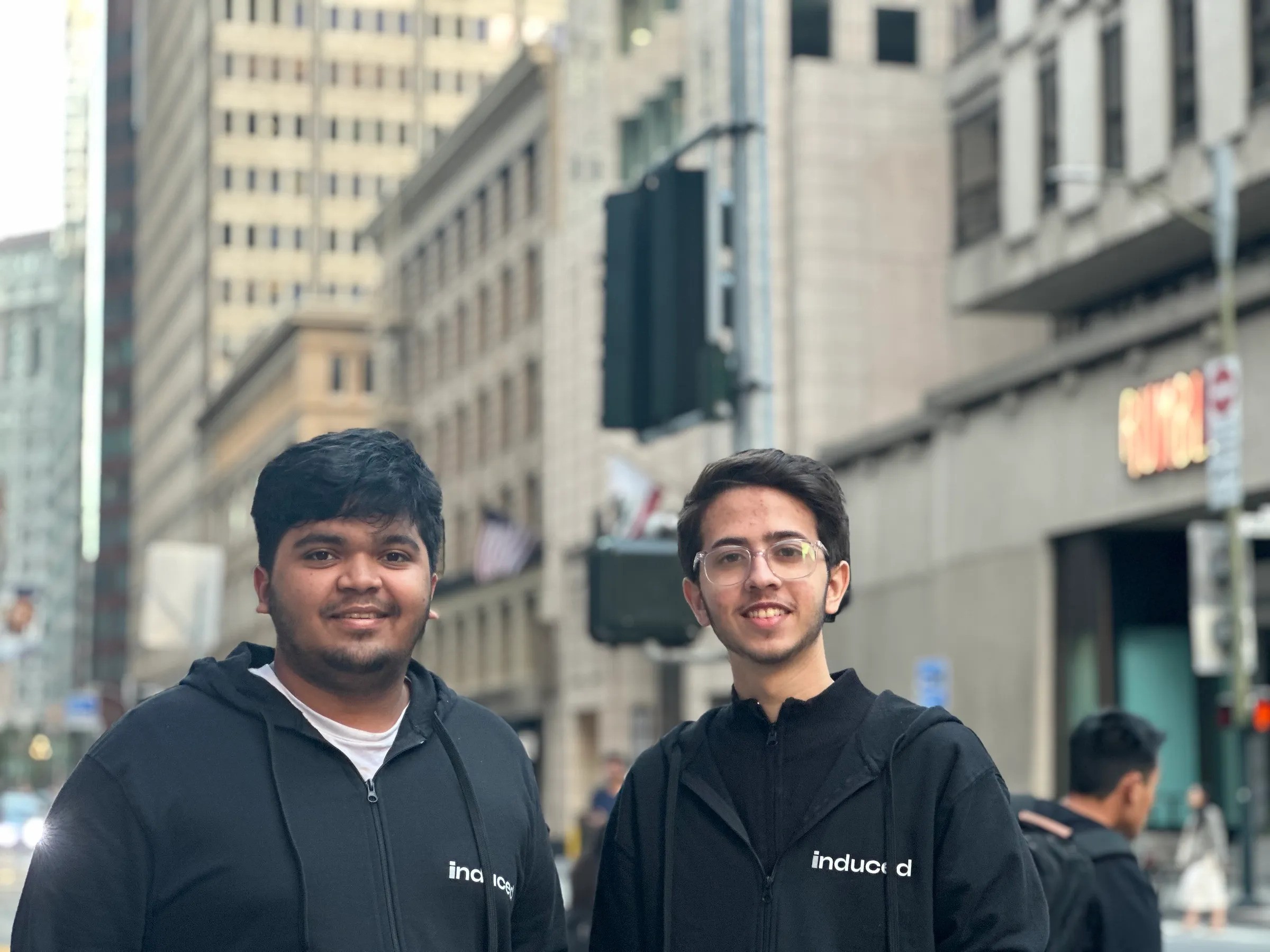

Aryan Sharma and Ayush Pathak, the founders of Induced AI
It all began with cold emailing and a few trips to San Francisco to meet some of the Bay Area’s tech and VC titans. That’s when they met Sam Altman, and a few meetings and emails later, he decided to backup these two Indian teenagers. Induced AI enhances business workflows efficiently. “It’s not meant to book a flight ticket or write an email. It’s designed for specific processes and tasks, like generating leads at 9 am every day, or collating insurance claims,” Aryan said.
- Follow Aryan Sharma on LinkedIn
Kroop AI
Deepfake menace created quite a havoc in 2023, and now Kroop AI has come up with a potential solution as the startup aims to help detect manipulated videos online. Dr Jyoti Joshi, the co-founder of Kroop AI which was launched in 2021, says, “The problem is very niche and in the Asia Pacific region, there are no companies (dealing with it). The threat is new and so is the whole set-up around its detection.”
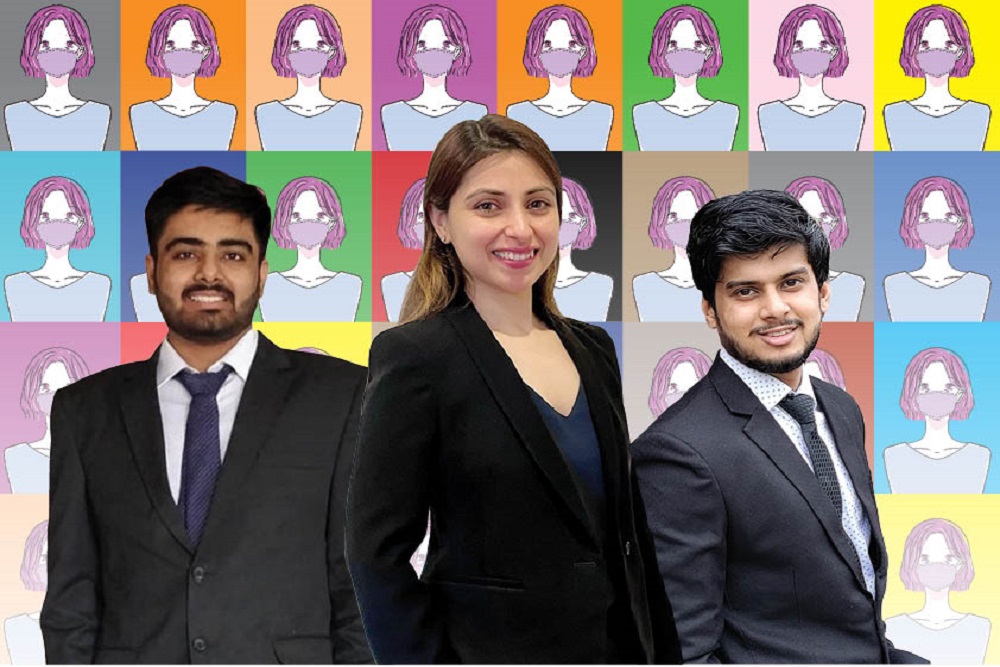

The co-founders of Kroop AI
Kroop AI has an API as well as a website where one can upload a piece of media, a file or a folder to scan the potential manipulation. The website offers a simple probability assessment for video manipulation, whereas the tool provides a comprehensive analysis, specifying the percentage of manipulation and detailing the aspects of the video that have been altered. Users are charged an average of $1 per minute for the video analysis service.
- Follow Dr Jyoti Joshi on LinkedIn




